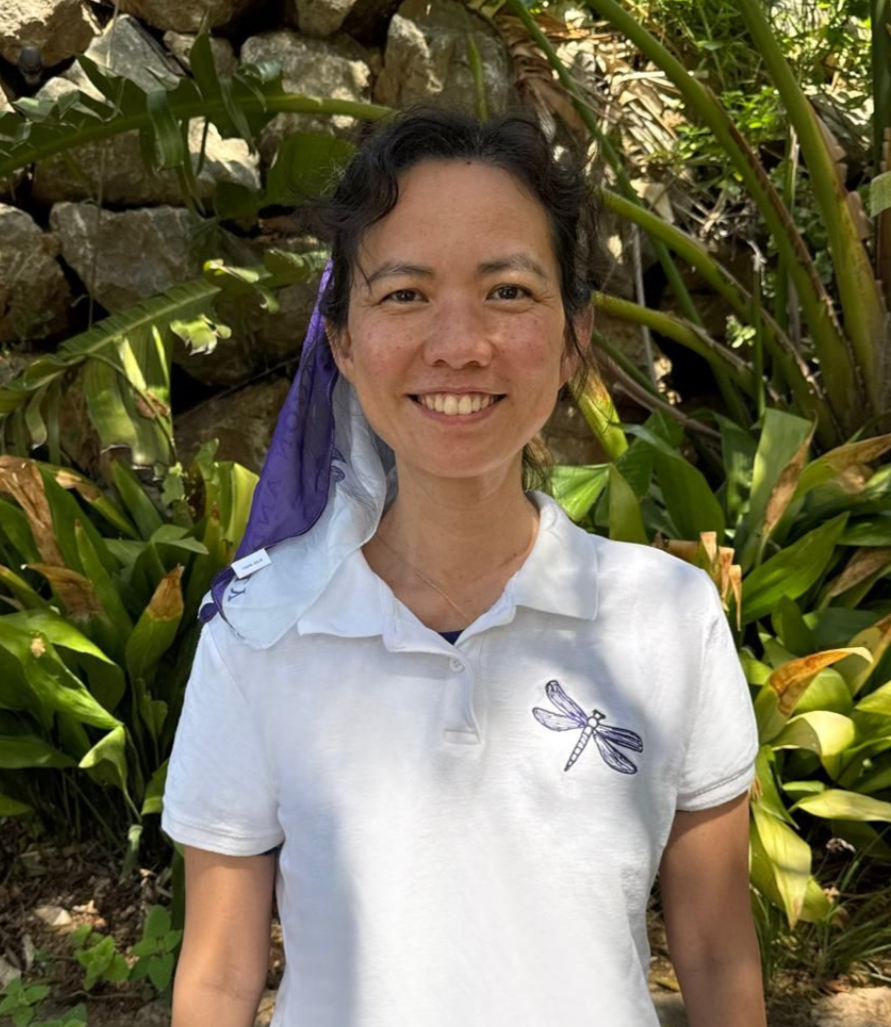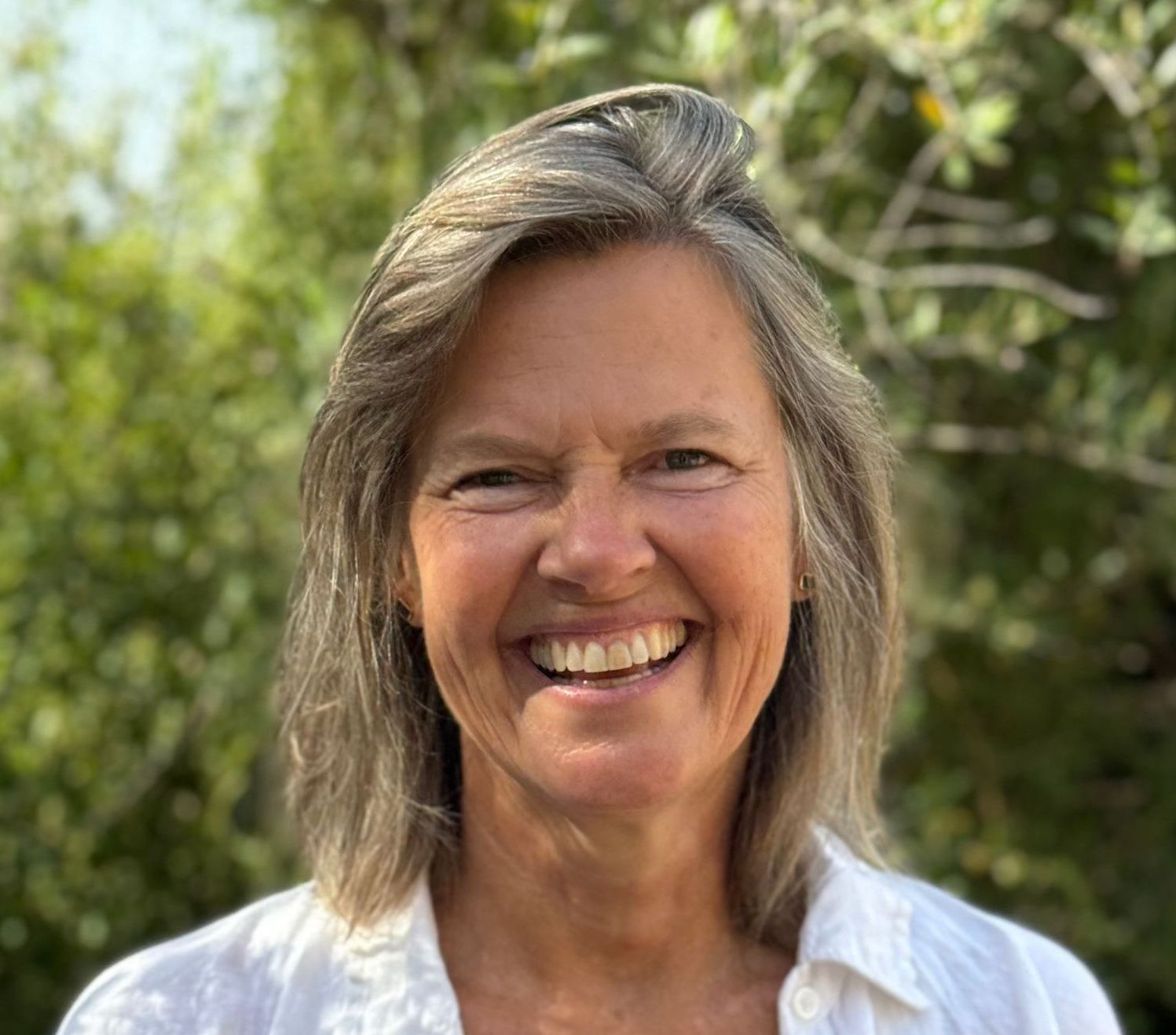Chronic physical pain and trauma: the hidden link
Luc is a Certified Advanced Rolfer® and Somatic Experiencing Practitioner™ with more than a decade of experience in working with physical and emotional trauma. He holds a Master's degree in Corporate Communications and is fluent in 7 languages.
Chronic physical pain and trauma: the hidden link
Chronic physical pain and trauma are more connected than most people realize. Many participants who come to our retreats believe their pain is “just physical” – caused by posture, stress, or injury. But what if part of that pain is actually emotional, stored deep within the body?
At Dragonfly Retreats, we work at the intersection of body and mind, combining Rolfing® and other body-based approaches (fascia/connective tissue work) with Somatic Experiencing® to release both the physical and emotional roots of trauma.
Trauma has two components: physical and emotional
One of my core convictions is that every trauma has two layers:
- The physical imprint, which gets stored in the fascia (connective tissue) of the body.
- The emotional shock, the nervous system’s protective reaction to the overwhelming event.
When we ignore one layer, healing remains incomplete.
“In my own practice, I’ve seen that an accident always leaves
more than a bruise or scar. The tissues may hold on to tension
and pain, but the shock also lingers in the nervous system.
Addressing both is what brings true relief.”
Luc Lippuner
My personal story: 25 years of chronic back pain
For me, this truth is not just theoretical – it’s deeply personal. I lived with chronic back pain for 25 years.
Like many people, I began by addressing it only physically. I tried countless approaches: breathing techniques, bodywork, manual therapies, exercises, movement. Each one helped in some way, but the pain never completely left – it seemed like there was a layer that was non responsive to everything I tried.
It was only many years later, when I began to explore the emotional and psychological side of trauma, that I understood the full picture. Through therapies that addressed my nervous system and emotional history, I finally reached the deeper layers that were still holding on.
“For 25 years I searched for answers in my body alone.
When I finally included the emotional and psychological parts
of my trauma, the healing was complete – and the pain was gone.”
Luc Lippuner
And only then — when I worked with both the physical and the emotional components — was I able to completely release the pain.
Looking back: layers of injury and emotional imprint
In retrospect, I better understand where the pain came from. There wasn’t a single root cause; rather, multiple layers clustered together to create the symptom.
When I was 11, I fell from a tree attempting a backflip, landing on a fence with my buttocks—without any obvious injury. A year later, I fell from a wall onto my head, likely compressing my vertebrae. Even though my young body didn’t feel immediate pain, the impact set off a chain reaction: over time, dense, protective fascia built up around those vertebrae, creating tension that eventually triggered chronic pain in my teenage years, as my growing body was forced into the narrow spaces shaped by those early accidents.
The fear of the fall got imprinted in the tissue and entangled with early childhood trauma
The fear and intense emotions of those moments were also stored in my body, layering over early childhood experiences and forming the emotional part of the injury.
And this was the emotional dimension of my symptom—manifesting as back pain that would not go away with physical therapies alone.
How trauma gets stored in fascia or connective tissue
The fascia, a web-like connective tissue surrounding muscles and organs, doesn’t just hold us together – it also holds memory. After an accident or shock, fascia can contract and harden, restricting movement and breathing:
- Car accident
→ whiplash symptoms years later
- Childhood fall
→ chronic hip/back pain in adulthood
- Emotional trauma
→ posture changes, shallow breathing
Medical treatment often focuses on muscles or joints, but the fascia still “remembers” the trauma unless it’s released.
Why pain is not always purely physical
Many people are surprised to discover that pain can persist long after the body has “healed.” This happens when:
- The
nervous system
is still stuck in
fight, flight, or freeze
- The
emotional charge
of the event
remains unresolved
- The
fascia
keeps pulling the
body out of alignment
Headaches, back pain, digestive problems, and even chronic fatigue can all be linked to unresolved trauma.
“Pain is not the enemy. It’s the body’s way of saying:
there is still something here that needs attention.”
Luc Lippuner
Rolfing®: freeing the body from trauma’s grip
Rolfing Structural Integration is a form of bodywork that works with the fascia / connective tissue to realign the body, release chronic tension, and restore natural movement:
- Gentle, hands-on work and movement awareness softens tight fascia
- The body regains balance and space
- Old trauma patterns stored in tissue begin to dissolve
Rolfing® is not just about posture – it’s about helping the body let go of what it has carried for too long.
Somatic Experiencing: healing the emotional shock
While Rolfing® addresses the physical imprint, Somatic Experiencing® (SE) supports the emotional and nervous system response:
- SE® helps the body safely process the “unfinished” stress response from trauma
- Gentle awareness and titration prevent overwhelm
- The nervous system learns to return to regulation
Together, body-based approaches such as Rolfing® and SE® form a complete approach: the body releases tension, and the nervous system restores safety.
The power of integrating body and mind
At Dragonfly Retreats, we don’t see physical and emotional trauma as separate. They are two sides of the same coin. Healing requires addressing both:
- Rolfing®
→ frees the body’s connective tissue from trauma imprints
- Somatic Experiencing®
→ helps the nervous system release shock
- Integration
→ long-term relief, resilience, and a return to wholeness
“Healing trauma is not about erasing the past.
It’s about giving the body and mind the chance
to complete what was left unfinished.”
Luc Lippuner
Healing at Dragonfly Retreats
Our retreats are designed as a safe space where participants can:
- Receive private bodywork sessions
such as Rolfing® and Craniosacral therapy
to release trauma stored in fascia/connective tissue
- Experience Somatic Experiencing®
in both private and group sessions
to restore nervous system balance
- Explore generational conditionings
through constellation work, yoga, mindfulness, movement, and a supportive community
If you are struggling with chronic pain, stress, or emotional overwhelm, our retreats offer a holistic path to healing.
👉 Learn more about our Dragonfly Retreats program and how we integrate Somatic Experiencing® into our approach.
Conclusion: pain is a call to listen
Trauma and physical pain are deeply intertwined. Pain is not only a physical issue — it is often the body’s way of signaling that unresolved trauma still lives in the tissue and nervous system. By working with both through Rolfing and Somatic Experiencing, healing can be deeper and more lasting.
Start your healing journey today. Your body is ready to release what it has carried for too long.
See you in Portugal!



